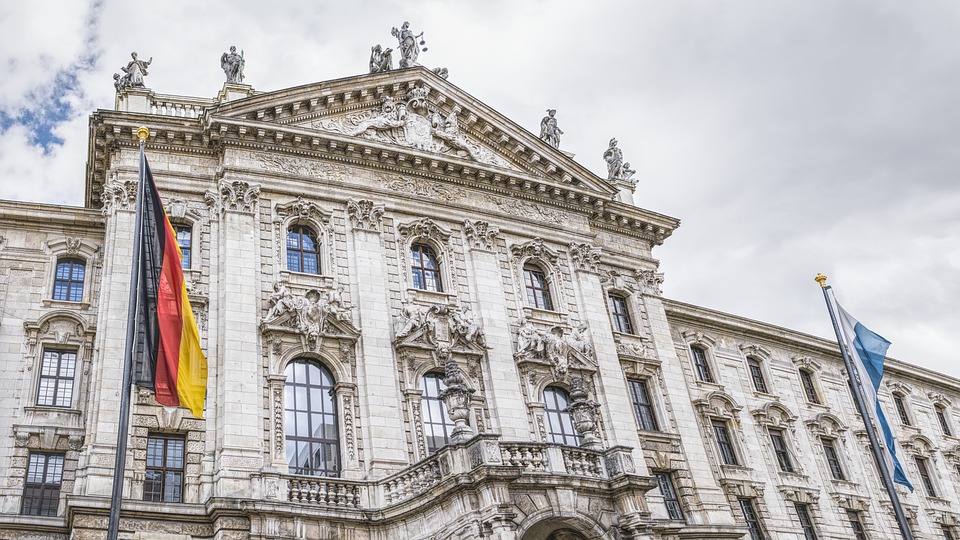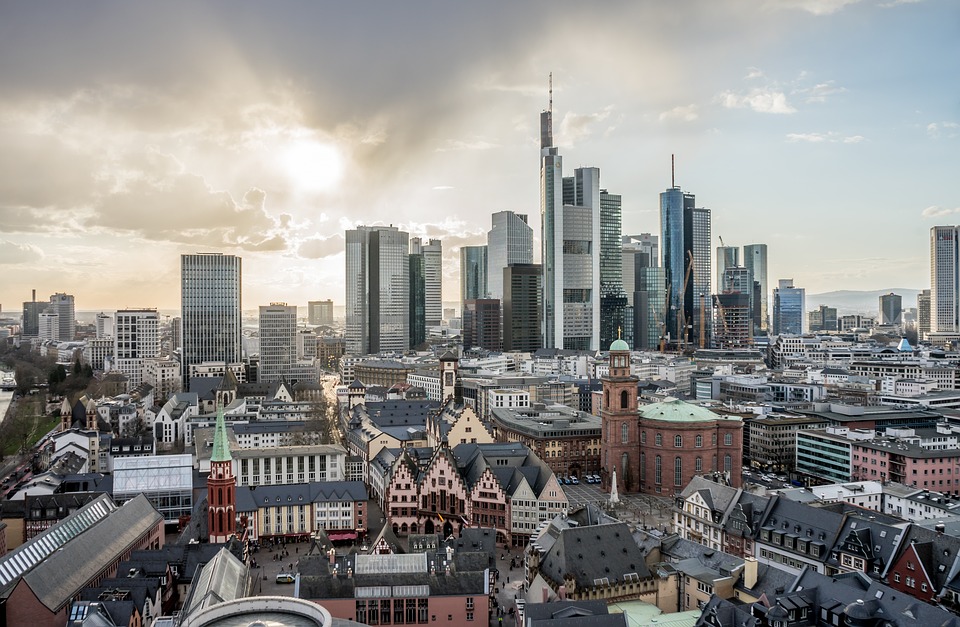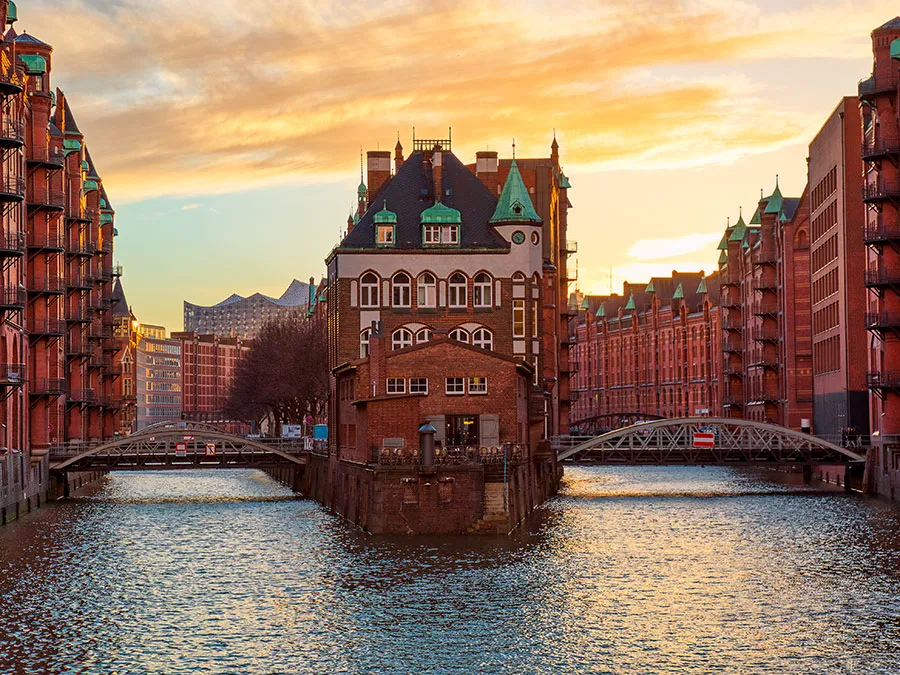Art and culture are among Germany’s greatest contributions to the world, and in no place is this more evident than in its cities. From medieval squares to modern museums, from music halls to art galleries, there’s something for every taste here.
Whether you’re looking for a completely romantic weekend getaway or an edgy city break with a side of history, let these seven destinations inspire your next European adventure:
Let’s begin with the list!
1. Berlin

Berlin is Germany’s capital city, not to mention the most important economic center in Europe. It means its cultural life is vibrant and dynamic, so you can expect to find many theaters, art galleries, and museums here. Many youngsters worldwide flock to Berlin’s colleges because of the city’s reputation as a haven for creative, free-thinking individuals.
2. Cologne

Cologne is a city with an impressive history, and that’s reflected in its culture. The cathedral was built during the Romanesque period in the 11th century, but it has been rebuilt several times since then. If you’re looking for something more modernized than ancient architecture, check out the Römisch-Germanisches Museum, which dates back to 1876 and houses over 5 million objects from all over Europe.
If you’re interested in German history more broadly than just art or religion and want to see some pretty stuff, head over to Kolumba. It is an Art Space Cologne for various exhibitions featuring contemporary artists who aren’t afraid of pushing boundaries like those exhibited at this contemporary art venue. This amazing venue is located within Germany’s largest museum complex dedicated solely to exhibiting works by women artists!
3. Munich

For those looking to explore the Alps, look no further than Munich, the prosperous capital of Bavaria. As a city steeped in history, Munich is an art gallery on steroids. They also have an annual International Theater Festival that features world-class performances.
Even if opera isn’t your thing, classical music fans may enjoy a trip to Munich. There are two renowned orchestras: the Bavarian State Orchestra and the Munich Philharmonic. Both are well-known in their respective fields and make frequent appearances at venues across the city.
Additionally, Munich is full of museums and gorgeous architecture, and it’s often listed as one of Germany’s most attractive urban areas. As the host city, it receives nearly 6 million tourists each year for the Oktoberfest celebrations.
4. Heidelberg

Heidelberg is one of the oldest cultural cities in Germany. It is located on the Neckar River, at the confluence with its Fuchenbach and Heiligenberg tributaries. The city was first mentioned as Hedingen in 1090 and became a Free Imperial City in 1225 when it was made part of the Hohenstaufen dynasty’s possessions.
Heidelberg University is famous worldwide for its prestigious law school and a medical university. It has given rise to an especially vibrant nightlife scene where students meet locals for drinks and dancing in some cool restaurants or bars every night of the week! If you are looking for some low-key spots to visit, like museums, don’t worry because there are plenty of those too!
5. Hamburg

Hamburg is the second largest city in Germany and a major port. It’s also home to an eclectic mix of artists, musicians, and nightlife enthusiasts. The city has a large population of artists and musicians who love publicly displaying their work. Hamburg is also a popular tourist destination because its harbor has been used as a backdrop for films such as “The Blue Angel” and “Das Boot.”
It’s no surprise that one of Germany’s most well-known orchestras is located here; the German Symphony Orchestra, which performs at both classical music festivals and contemporary productions by local artists.
As you make your way through Hamburg, you’ll find plenty of museums showcasing German art history dating back centuries ago, including Museum für Kunst und Gewerbe Hamburg which houses more than 5,000 works ranging from paintings by Rembrandt van Rijn himself!
6. Dusseldorf

Dusseldorf is the capital of North Rhine-Westphalia, one of Germany’s 16 federal states. It’s considered one of the most beautiful cities in Germany and has a population of around 600,000.
Dusseldorf features more than 80 other museums and art galleries. The biggest Dusseldorf Art Museum alone includes approximately 11,000 artworks by artists including Paul Klee, Balthus, and Gerhard Richter in its collection. Kunstmuseum Liebieghaus houses classical and contemporary works, including those of painters like Max Ernst and Georg Baselitz, while the Kunstsammlung Nordrhein-Westfalen focuses on contemporary art from all across Europe.
7. Frankfurt Am Main

Frankfurt Am Main has emerged as one of the most globalized cities in Germany and a major transport node in Europe. It is also the economic heart of Germany and Europe, for that matter, which can be seen reflected in the city’s tall skyscrapers. You won’t find this feature anywhere else in the country.
Summary
Generally speaking, you can’t go wrong with any of these cities, but if you’re looking for the best in art and culture, we recommend either Berlin or Cologne. Both are home to some of the most important museums in Europe and have long histories of being cultural centers. Dresden is also an excellent option if you want more traditional German culture without all the crowds.



